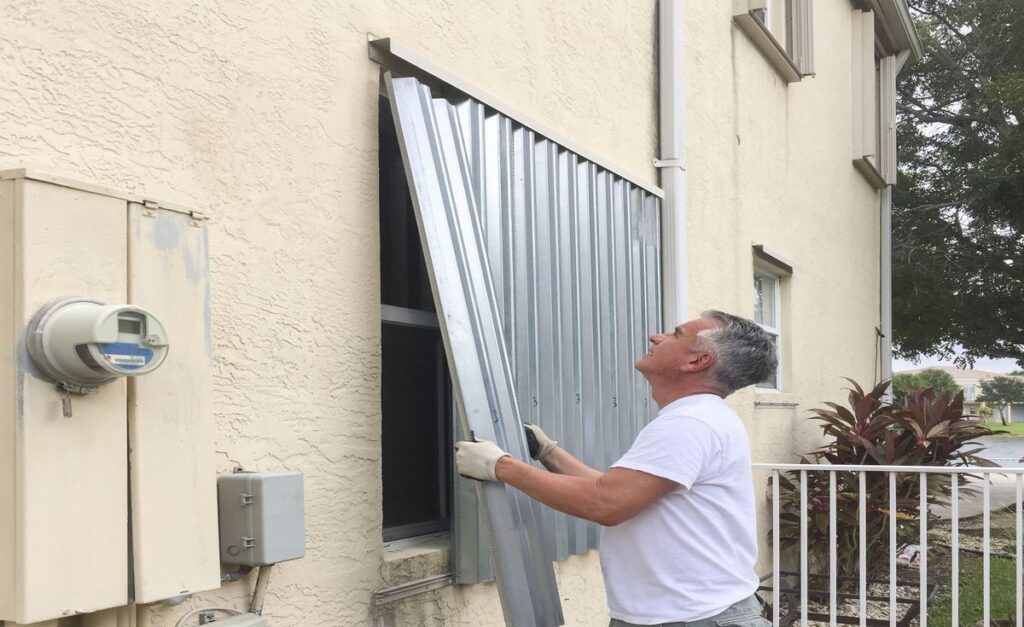
Supply: Getty Photographs
With householders’ insurance coverage substitute prices leaping 55% between 2020 and 2022 and practically two-thirds of U.S. drivers discovering auto insurance coverage unaffordable, the private traces insurance coverage business should remodel from a reactive “repair-and-replace” mannequin to a proactive “predict-and-prevent” strategy to rebuild shopper belief and guarantee long-term sustainability, in line with a brand new whitepaper from Nationwide.
“With premiums on the rise, customers have develop into more and more anxious about affordability, protection, and management. On the similar time, carriers and brokers are working tougher than ever to retain prospects in an surroundings the place confidence is low and expectations are excessive,” mentioned Casey Kempton, president of Nationwide Private Strains and creator of the report. “These challenges sign a chance to rework insurance coverage within the minds of customers. At the moment, we should promote a shift towards a mannequin that encourages a predictive and preventive mind-set amongst customers.”
Financial and Environmental Pressures Create Excellent Storm
Three converging macro traits are essentially disrupting the standard insurance coverage mannequin, in line with Nationwide’s whitepaper. Financial uncertainty has made insurance coverage more and more unaffordable, with residence values practically doubling over the previous decade and new vehicle prices rising roughly 60% throughout the identical interval. Mortgage charges above 6% additional pressure family budgets, forcing customers to make troublesome decisions about protection.
Concurrently, weather-related catastrophes are rising in each frequency and severity. Occasions as soon as thought of “100-year” occurrences now occur usually, even affecting communities beforehand thought of low-risk. The 2024 Hurricane Helene and 2025 Guadalupe River disasters devastated non-coastal areas throughout a number of states, demonstrating that conventional threat zones not apply.
Shopper conduct has shifted in response to those pressures, in line with Nationwide. Twenty % of customers reported delaying mandatory residence renovations or repairs in 2024, adopting a “spend-later” mindset that will increase future threat. On the roads, 92% of customers report a rise in aggressive and distracted driving, whereas 88% be aware extra cases of reckless driving total.
Belief Disaster Threatens Trade Sustainability
These converging traits have created what the whitepaper describes as a “damaged cycle of belief” between insurers, brokers and customers. As climate occasions develop into extra unpredictable and restore prices escalate, insurers battle with predictive fashions and pull again from markets or tighten underwriting requirements. This results in increased premiums and decreased protection choices, inflicting prospects to lose belief and reevaluate their protection.
The cycle perpetuates itself as insurers expertise decrease buyer retention and spend extra on buying new prospects moderately than bettering service, the whitepaper famous. In high-risk states like California and Florida, repeated disasters have led insurers to curtail protection completely, leaving each prospects and brokers scrambling for alternate options at the same time as state regulators intervene.
The insurance coverage business has inadvertently skilled customers to concentrate on value moderately than worth via a long time of “swap and save” promoting campaigns, in line with the paper. This transactional strategy has eroded the perceived worth of insurance coverage and weakened essential relationships throughout the business ecosystem.
Constructing Resilience By way of Prevention and Partnership
The whitepaper proposes a complete shift towards a predict and stop mindset that positions insurers and brokers as “assurance suppliers” moderately than merely payers after losses happen. This transformation requires a number of stakeholders to work collectively on a number of fronts, in line with Nationwide.
For know-how adoption, sensible residence sensors can forestall water and electrical fireplace harm by catching points early and alerting householders through smartphone. Equally, protected driving applications utilizing telematics present real-time information about driving habits, serving to prospects construct safer long-term behaviors.
Constructing requirements characterize one other crucial space for enchancment. The whitepaper advocates for reinforcing FORTIFIED roof requirements from the Insurance coverage Institute for Enterprise & Residence Security (IBHS), which assist properties higher face up to extreme climate via sealed roof decks and common inspections.
The transformation requires motion from all business contributors:
- Carriers should spend money on partnerships and improvements that cut back loss whereas sharing information and greatest practices throughout the business.
- Brokers and brokers have to shift from price-focused conversations to prevention-focused consultations, guiding prospects towards safer decisions and advocating for native security reforms.
- Regulators and policymakers ought to help new pricing fashions and applied sciences whereas selling security laws.
- Clients themselves should embrace insurance coverage as safety for what issues most and undertake sensible applied sciences that cut back threat.
“Shifting to a predict-and-prevent mind-set helps customers and everybody in our business win,” Kempton mentioned. “It could possibly cut back losses and claims earlier than they happen and decrease premiums. It could possibly additionally strengthen relationships, constructing the form of buyer loyalty and peace of thoughts that pricing alone can’t purchase.”

